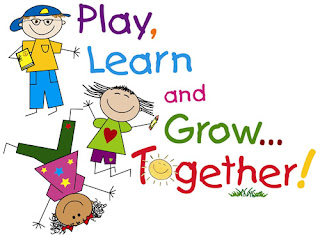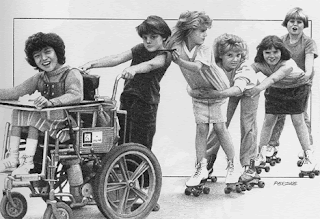I had taken this course as an EDU elective because it seems pretty important to know the premise of school as a future teacher. I had learned a lot throughout the semester in this course. Like the short clips of Waiting for Superman showed me that the United States needs a lot of work in their education program, no child should have to be deprived of an education. Also, I learned more about how to deal with new students entering the classroom from another country, or even city.
With the blogs I had learned more about other people’s educational philosophies and other hot topics in education that others had done in their blogs. I had learned about learning theories from theorist that I haven’t heard about before by other people’s blogs along with my own. I highly doubt I will keep blogging just because it’s not my thing, not saying it’s a bad thing just not something that I like to do. Overall I did learn a lot from this course and wish everyone the best of luck!






